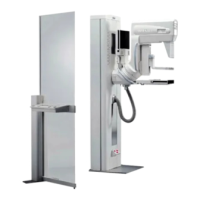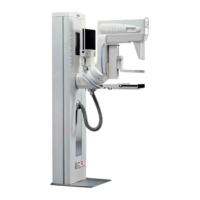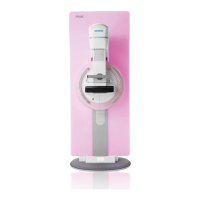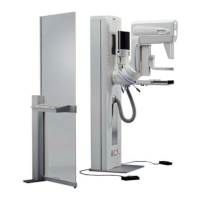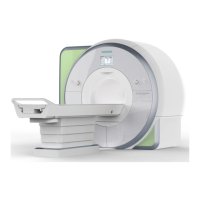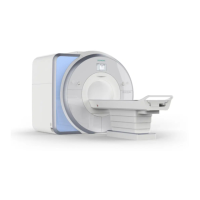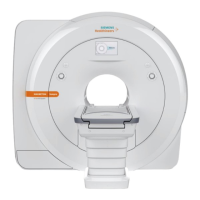2-8 February 5, 2004 FFDM-S Service Manual
DirectRay Technology
Indirect Versus Direct X-ray Capture
Most digital X-ray detectors use a scintillator, such as Cesium Iodide (CsI), or
phosphor as the X-ray capture media. As illustrated in Figure 2-4, this “indirect”
method requires converting the X-ray signal to light, which is then used to create
a charge which is later digitized and used to generate the final image. Spatial
resolution in these images is decreased due to the inherent multi-directional
scattering properties of light. A “direct” radiography detector employs a method in
which a special semiconductor (for example, a photoconductor) material is used as
the X-ray absorption material. In a process known as direct conversion, charges are
generated by the X-ray interactions in the semiconductor and are collected and
converted to a digital signal. Refer to Figure 2-4. The advantage of this process is
that there is no need to produce an intermediate, resolution-degrading signal, such
as light.
Figure 2-4.
Comparison of Indirect and Direct X-ray Capture Methods.
Direct Radiography Corp., a wholly-owned subsidiary of Hologic, Inc., has
developed a direct conversion approach using a-Se and TFTs. The DirectRay
Detector is configured to include a dielectric layer between the a-Se and the top
electrode to prevent the breakdown of the electric field across the selenium when
charges (for example, electron-hole pairs) are produced.

